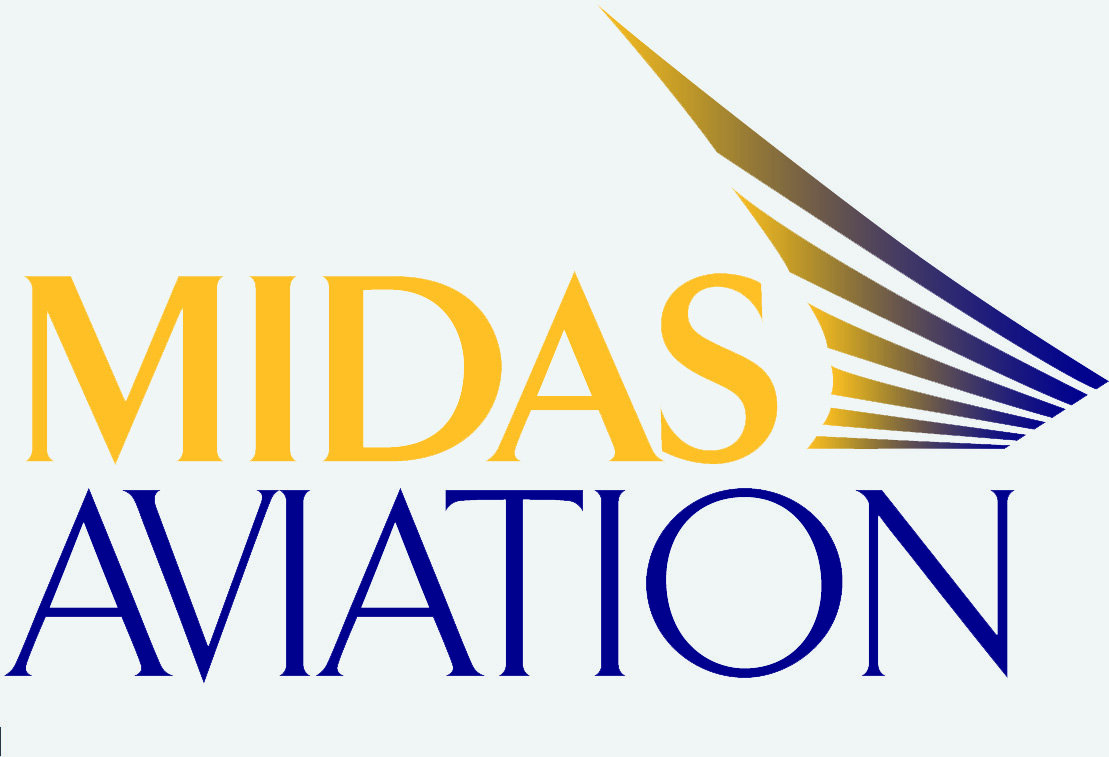Pressure cooker summer – are we in the calm before the storm?
At MIDAS Aviation we’ve been answering a lot of questions about what travellers should expect this summer, monitoring current trends in the industry and reflecting on the lessons learned from the past two chaotic summers. Although flight cancellation rates appear reasonable now, there are a number of competing pressures on the aviation eco-system which could easily blow the lid. Could it be that what we are currently experiencing is the calm before the storm?
As we move toward the peak period for air travel in 2023 what we do know is that there appears to be a high level of capacity discipline taking place. Yes, there are some low-cost carriers which are adding large volumes of capacity but, despite pent-up demand, global capacity does not look set to exceed 2019 levels and airlines are opting for higher fares rather than chasing market share through discount fares.
Resourcing continues to be an issue across the industry. We’ve seen various airports hold recruitment fairs over the past 6 months or so in the hope of bringing new staff on board, and training them, in time for the summer peak in travel. As aviation finance company Ishka reported this week, the airframe manufacturers continue to be slow getting new aircraft off production lines and there are delays in bringing back parked aircraft due to staffing and spare parts issues at the MROs. Perhaps these factors are acting as a useful brake on the usual tendency to add capacity too soon, see fares fall and profits collapse.
Against this backdrop, there are new concerns about industrial action, especially in Europe, where public sector strikes continue and the appetite to ‘take a stand’ against perceived unfairness and the rising cost of living seems as strong as it’s been in many years.
Airlines have worked hard to build operational resilience into their schedules. For some this means only planning to fly what they know they can manage and have the staffing for. For others, there may be a bit of schedule padding taking place; it’s not that these flights spend longer in the air but that the schedule allows a bit more time so there is more of a buffer as and when things go wrong for the airline to recover. Missed connections may be reduced and traveller expectations managed. After all, on-time performance is always a perception against a scheduled time not the actual flying time.
Recent research points towards there still being a fair amount of pent-up demand out there for travel, and people prioritising travel and holidays, even though the current cost of living crisis. However, as data we saw this week from travel intelligence company ForwardKeys showed, industrial action in Europe in July last year made a sizeable dent in travel bookings. Most of our team have also racked up personal stories about flight cancellations, disrupted travel plans, additional costs, and poor responses by airlines over the past couple of years; patience is wearing thin with airlines perceived as treating passengers as cash cows rather than valued repeat customers.
So, while we don’t expect this summer to see a repeat of the travel chaos of Summer 2021 and Summer 2022 when airlines cancelled large numbers of flights for operational reasons, there is the chance of disruption due to industrial action. The question is how much disruption will travellers tolerate.
-Becca Rowland
